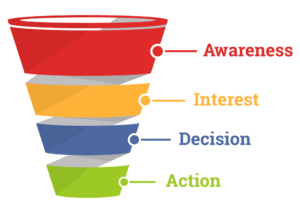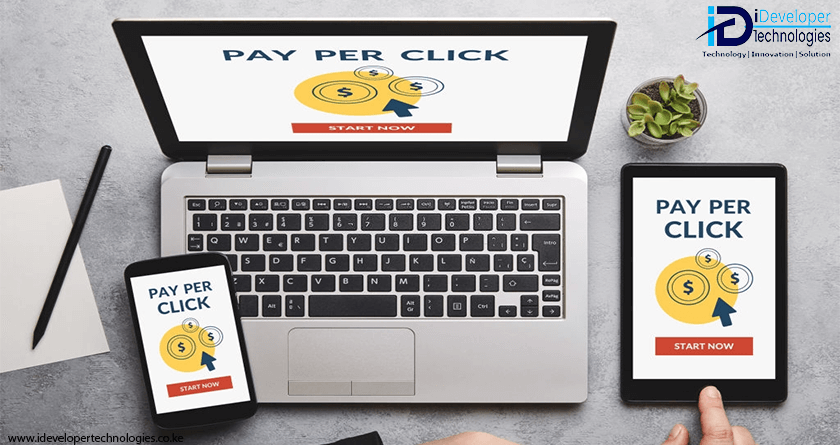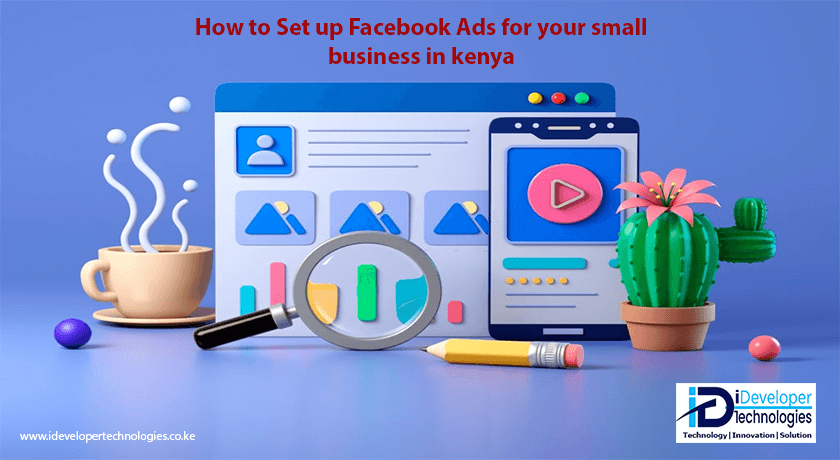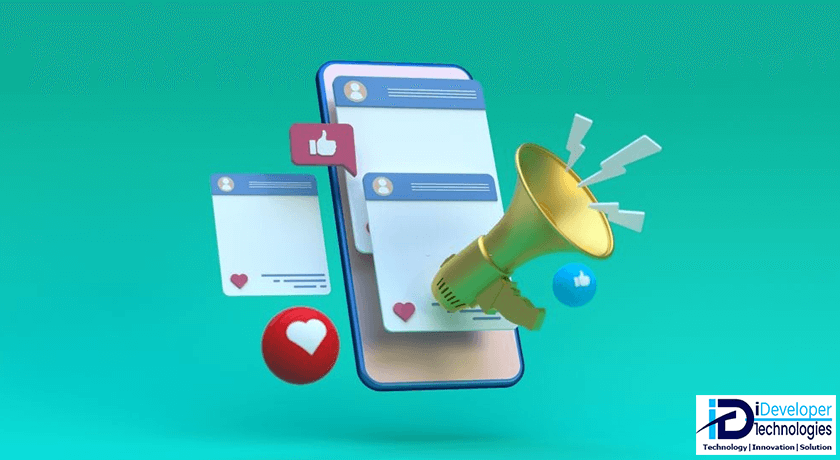Google Ads in Kenya just like the globe is something that all businesses look to…
How to build digital marketing sales funnel for small business in Kenya
Digital marketing sales funnel
Digital marketing sales funnel provides a strategy to best reach and convert your leads. As a business owner, you understand better than anyone out there the importance of marketing to your business. with no marketing its certain that your business will fail eventually since you’re not attracting new customers.
with no marketing its certain that your business will fail eventually since you’re not attracting new customers.
one of the most critical things to do as a business owner and which majority of small business owners and other entrepreneurs fail to do is to create a Digital sales funnel.
a question arises, so why is the digital marketing sales funnel that important anyway? the answer is simple, marketing has shifted from traditional marketing to digital marketing.
with more and more people spend more time on digital space, digital marketing becomes the new marketing platform and what a better way to convert your leads than having digital marketing sales funnel strategy.

The 4 Steps to creating highly optimizing Digital marketing sales funnel
Having marketing sales funnel is the first step in ensuring that you get to understand your audience and how to convert them to potential clients. The customer journey goes through the following steps.
- awareness
- interest
- decision
- action
Having understood the customer journey, the next step is to design your digital marketing sales funnel based on the behavior of the customer journey to buying products.
1. Lead Generation
The first steps towards setting up your sales funnel is lead generation. This involves the use of various digital marketing tool including content marketing, social media marketing, search engine marketing (Paid advertising) with this tools you’re able to generate interest from your intended client.
2. Prospects
This includes the audience that has shown interest in your products, either through clicks on to the links or downloads. the primary tools to use in order to get to such leads include landing pages to convert, newsletters, ebooks, free tools
3. Opportunities
This is the point where the customer is willing to make a decision or also known as the decision stage. at this point, the customer is ready to make a decision of the product to purchase. the key tools for use include free trials, email marketing, demos.
4. Client
At this point, the potential lead is now a client and will likely purchase a product or service. also known as the Action stage. the primary key tool is the shopping cart, reviews, and referral, payment systems.



